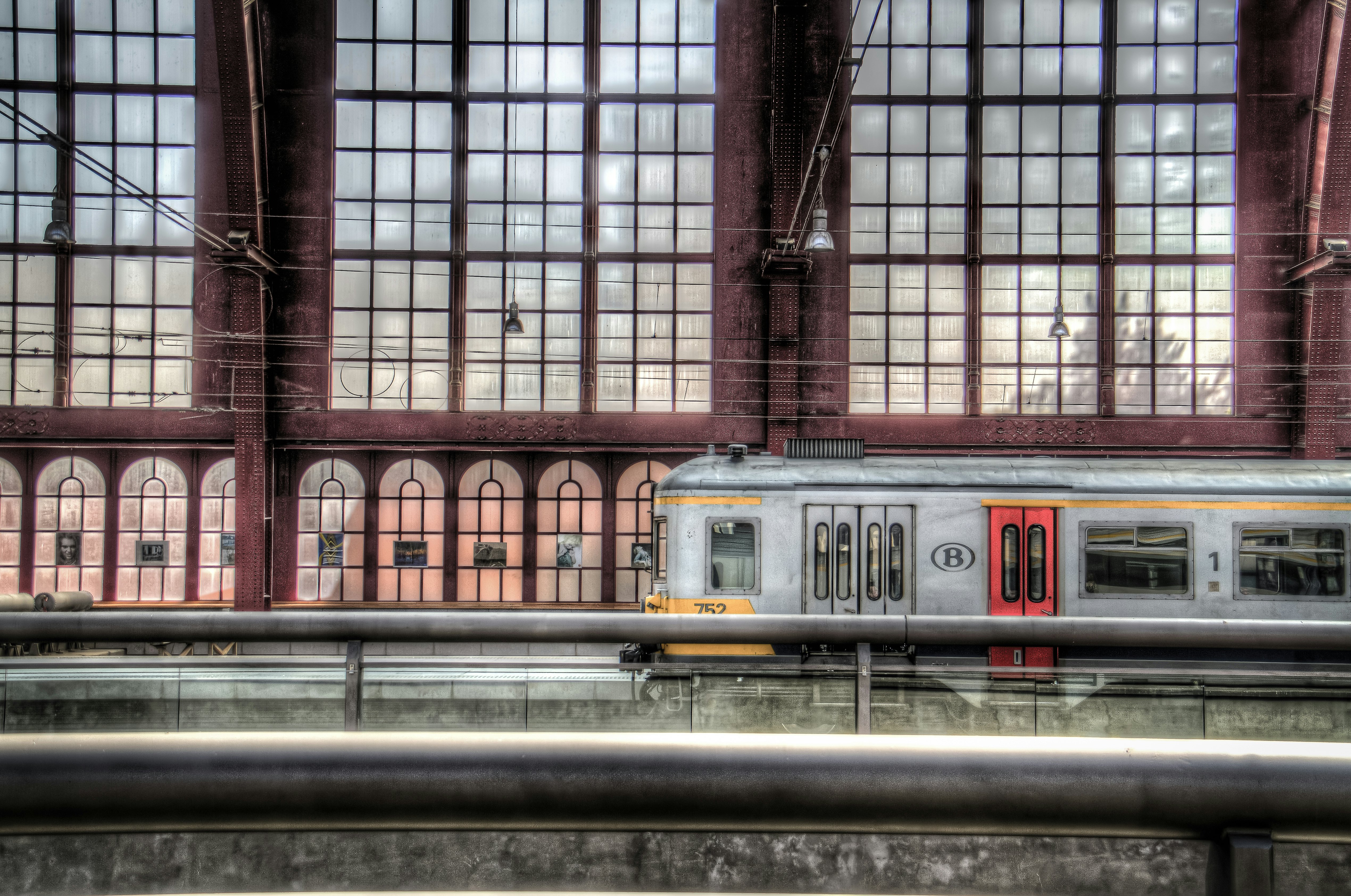
The 30 best countries, cities and regions to visit in 2025

Aug 17, 2020 • 3 min read

With Europe less busy, it was possible to book a place on a sleeper train on the day of travel © 500 px
With a greater ease of booking, low passenger numbers and sensible COVID-19 precautions in place, taking a sleeper this summer is a fun and great value way to travel in Europe.
While some sleeper services are currently suspended, including the Paris to Venice Thello service and routes to Lisbon from France and Spain, many are now running. Like a lot of options for getting round Europe this summer sleepers are quieter and easier to book than usual.
Wherever you go, follow your government’s travel advice carefully. Many countries are changing guidance on specific information at short notice. Traveling to a non-recommended country can invalidate travel insurance and require anyone returning home to quarantine for a set period.

The gold-standard for sleeper trains in Europe are the NightJet services run by Austrian Railways (ÖBB). Radiating romantically out of Vienna and Salzburg across the continent, these terrific trains serve a variety of international destinations including Rome, Milan and Venice in Italy, Budapest and, from August 30, Brussels. Many NightJet services transit Switzerland and Germany. Mostly reinstated at the start of August, these services are attracting passengers again due to combination of attractive fares and the promise of private cabins. Single travelers can travel in seated compartments or four-berth couchettes.

I traveled from Venice to Vienna in recent weeks on a NightJet. Masks were required in the station and when boarding, but once in the cabin they could be removed. A private couchette cost €219, booked online, for up to six people traveling in the same party. As this amounted to €43.80 per person for our family of five this was a very economical way to make this journey. Note that this fare is not changeable or refundable, and though cancellation insurance is offered, this can only be used in the event of a medical condition for which you need proof, so is probably not worth it.
The train was far from full and it was possible to book at this price even on the day of travel. The very clean toilets were in use as normal but there was no dining car. Both seated carriages – for which masks were compulsory – and higher-standard sleeper compartments for 1–3 people were available as well as couchettes. The train announcements were friendly and welcomed passengers back, but also noted that social distancing was not always possible in narrow corridors and interactions with staff. They urged common sense and indicated that following guidelines was a shared rather than legal responsibility. Like everywhere exercising good hygiene and using sanitiser was the key advice.
Overall traveling on the sleeper was in line with my experience in Italy and Austria generally. Vaporettos (water buses) traveling round Venice were the most crowded public transport I had been on for months and while masks were worn onboard there were times you were in close proximity to fellow passengers. Hand sanitiser was freely available everywhere and Venice was as serene as it is likely to ever be.
Some of the normal challenges of travel presented themselves. The biggest problem I encountered was needing to print out the ticket before traveling as the world has largely left behind internet cafes. But one sweaty walk across Venice to a tiny stationery shop by the Rialto Bridge sorted that, and also made me tired enough to sleep very well all the way to Austria’s buzzy capital.
Lockdowns are easing globally as the planet adjusts to a new normal. Find out how COVID-19 is changing travel.
Europe's best night trains
Sweden is planning to launch night trains to Germany and Belgium
All aboard the Slumber Express: family travel by night train